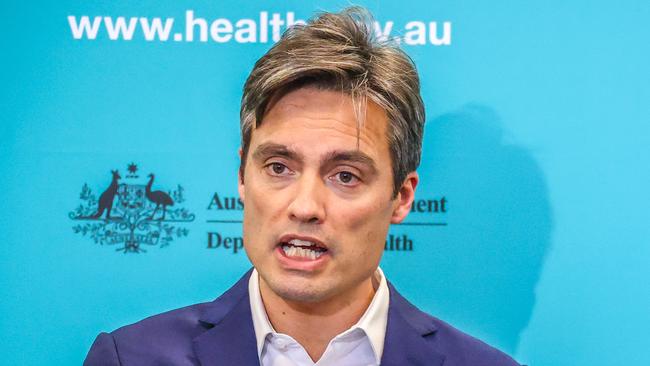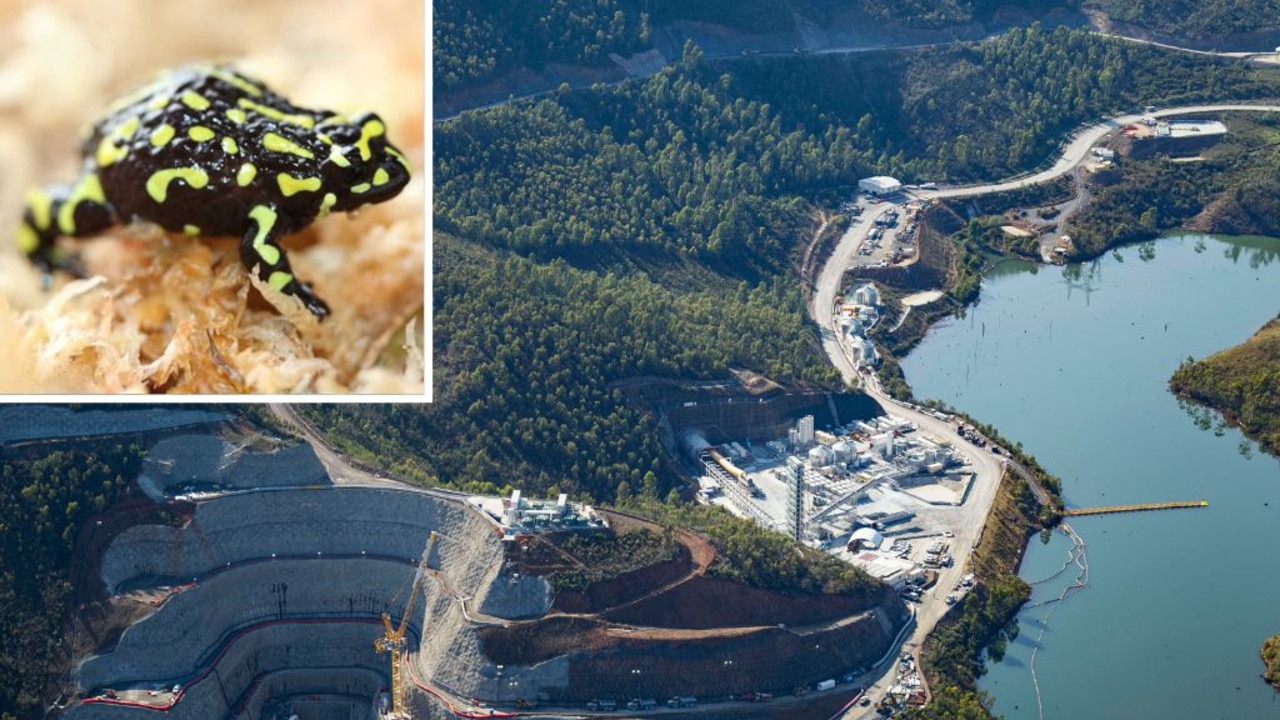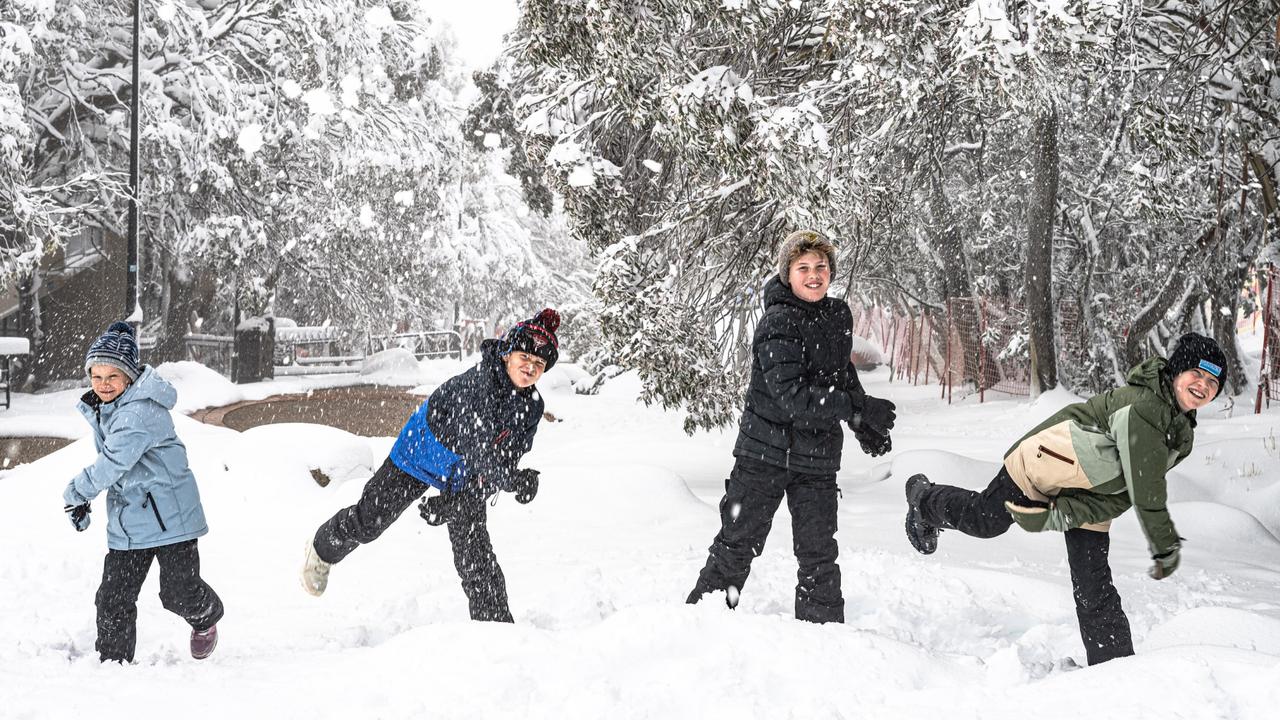Masks needed to limit COVID-19 spread
Health authorities say Melburnians in coronavirus hot spots should wear face masks to help prevent further community transmission.

Health authorities say Melburnians in coronavirus hot spots should wear face masks to help prevent further community transmission of COVID-19, reversing previous advice.
Deputy Chief Medical Officer Nick Coatsworth urged residents in metropolitan Melbourne and the Mitchell Shire – where a fast-spreading infection has pushed the Victorian government into reimposing strict restrictions – to cover their faces when they cannot maintain a physical distance from others.
“In those areas mask use, surgical or cloth masks, is recommended if you find yourself in a situation where you cannot socially distance,” Dr Coatsworth said.
“If you have to leave your home for any of those reasons for which it is permissible and you are likely to find yourself in a situation where you cannot maintain 1.5m distance it is advisable to be covering your face with a mask,” he said.
Australia is one of the few developed countries that does not require or recommend the use of masks.
But on Wednesday, the Australian Medical Association advised residents who lived in Victorian hot spots to wear a face mask as a “useful tool” to limit COVID-19 transmission in conjunction with physical distancing.
Health Minister Greg Hunt said while the general advice had not changed, “conditions have in Victoria”.
“If that’s what the Victorian Chief Health officer advises going forward then that’s what the advice is,” he told the ABC on Thursday. “If any state or territory believes there is a local area or the broader state that should either have voluntary or recommended use of masks or mandatory masks that’s been in their power based on medical conditions right throughout.”
But Dr Coatsworth said local health authorities had not changed their position on whether the virus was could be spread through “microdroplets” from talking and breathing. He made those comments in response to an open letter signed by more than 200 scientists that appealed for the medical community to “recognise the potential for airborne spread”.
It said that studies conducted demonstrated “beyond any reasonable doubt” that viruses are released during “exhalation, talking and coughing” when microdroplets travel further than 1m-2m from an infected person.
Signatories to the letter included Nobel prize-winning virologist Harold Varmus and the editors-in-chief of prestigious academic journals The Lancet and Nature.
Respiratory viruses, and COVID-19 was no exception, have their primary mode of spread through contact and droplet and this was how it moved one person to another, Dr Coatsworth said.




To join the conversation, please log in. Don't have an account? Register
Join the conversation, you are commenting as Logout